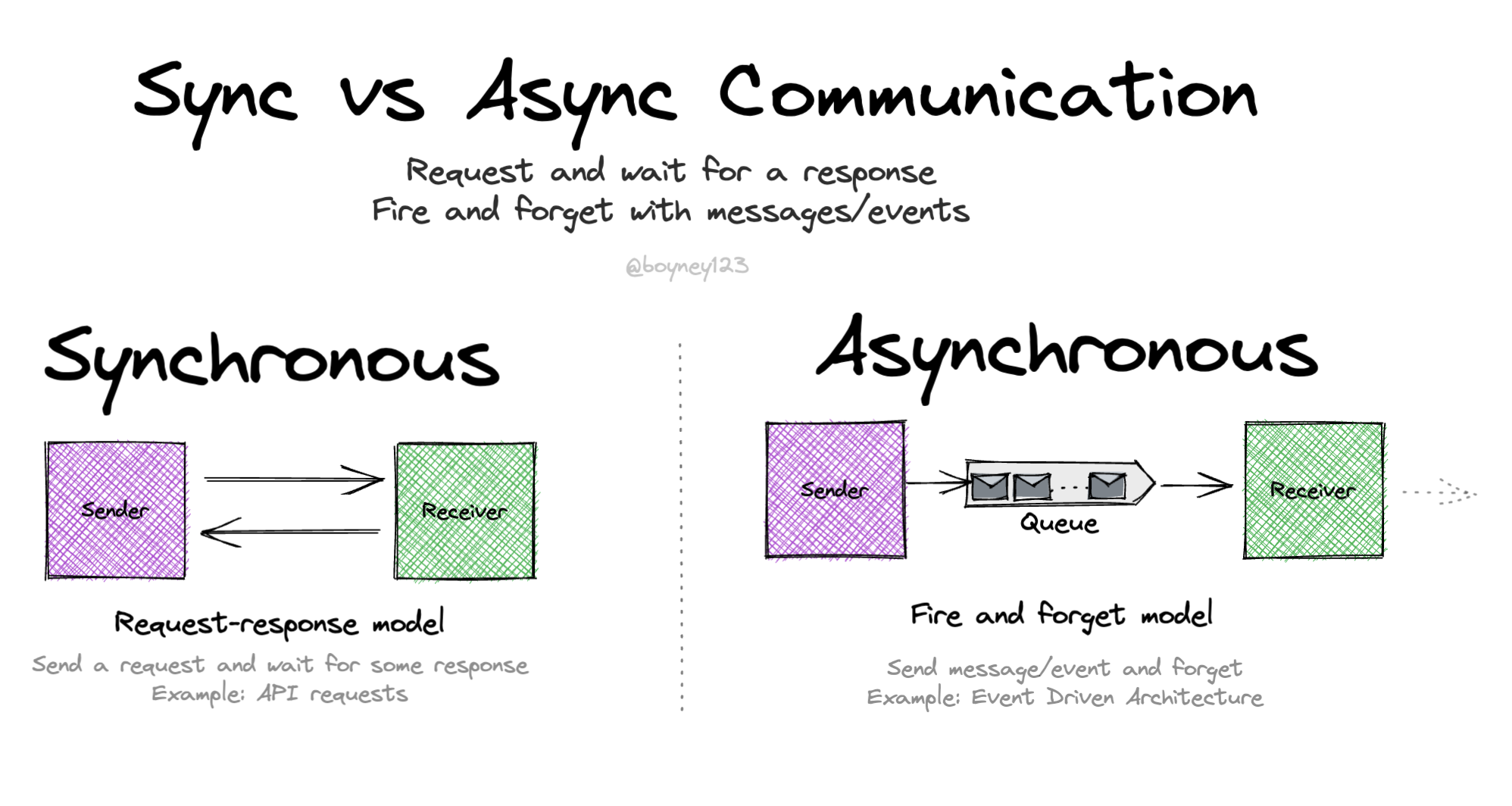Message translator pattern By David Boyne
Message translator pattern By David Boyne

Learning event-driven architecture?
I built EventCatalog — an open-source tool that helps you visualize, document, and understand how events, services, and domains connect in event-driven architectures.
Perfect for learning: Create visual diagrams, document your first events, and see how everything connects. Get started for free →
Use the message translator pattern to transform data format into a another one.
Examples of this might be transforming the message into a new entity (e.g. Stripe Payment into your own internal model), change data types (e.g. concatenate first name and last name into a new field) or new protocol (transform JSON into XML).
When building event-driven applications you may think you are decoupled by design, but the message/event contract itself can couple you…
Things to ask yourself when consuming events:
- Should my consumer conform to the event?
- What are the risks if we consume as is (this might be OK!?)
- Should we transform the message/event?
- Does this event/message conform to our understanding (ubiquitous language of our domain)
If you just think about these questions when consuming events, you are already half way there.
How does domain-driven design fit into this?
When you define your bounded contexts (aggregates of services for example), you might be using messages/events to communicate with each other (integration events). There are different patterns to consider when consuming events rather than just conforming to the event payload/structure, it’s worth checking them out.
Summary
- Use translator to transform messages
- Transforming messages can help you keep your producing and consuming applications decoupled
- When both parties conform to the structure of the message, you may run into coupling, this might be OK, but just be aware.
- Having transformations on the edge of your bounded context can help isolate the need for change when changes occur in your schemas/messages/payloads.
Extra resources
- Message Translator Integration pattern - Enterprise integration pattern for message translator, if you want to know more head here.
- Transform messages between bounded context - Conform, Transform or open-host service when listening and consuming events. Patterns worth checking out if you are interested in the transformation pattern.
- Content enricher pattern - If you are after more patterns, check out the enrichment pattern. You can enrich your messages/events before sending them downstream to consumers
- Claim check pattern - Simplify your events by storing data first and a reference back to the event downstream, save on payload size.
Explore other visuals
Want to work together?
If you're interested in collaborating, I offer consulting, training, and workshops. I can support you throughout your event-driven architecture journey, from design to implementation. Feel free to reach out to discuss how we can work together, or explore my services on EventCatalog.
EDA Visuals: The book
Join over 13,000 others learning EDA and download all the EDA visuals directly to your computer.
This book contains all the visuals in one book, you can download, read offline and explore.
If you would like to support my work, you can purchase the book. This helps keeping the visuals free for the community. Purchase the book



